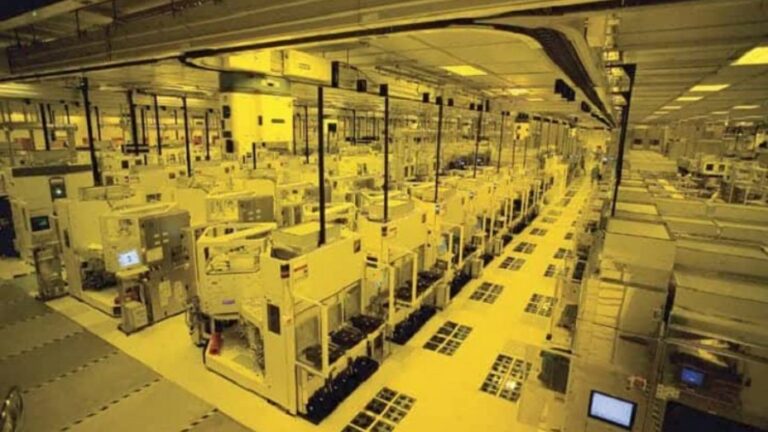Pakistan Could be at the Heart of a New Pan-Asian Trading Order
Pakistan currency faces a plethora of economic problems caused by decades of domestic mismanagement, a US led war on terror in which Pakistan’s supporting role has cost lives and money with not so much as a “thank you” paid back in kind and a global economic scenario wherein the currencies of virtually all developing economies are rapidly losing value against a bullish US Dollar. Yet in spite of these sobering realities, Pakistan has much to be optimistic about and not just because the economic fruits of the China-Pakistan Economic Corridor (CPEC) will bloom on Pakistani soil in the coming years and decades.
The most sustainable way for a developing country to plug a current account deficit is to trade one’s way out from under it. This is the case whether a nation begins producing and exporting more of its own goods or otherwise becomes a regional hub of transport for international goods. In both of these areas, Pakistan is well placed to excel, not least because it is arguably China’s closest partner along with Russia.
While Pakistan’s infamously emotionally guided detractors have repeatedly forecasted a “worst of times” outlook for the country’s short-term economic future, in many respects geopolitical realities have coincidentally conspired to make the present “the best of times” when it comes to Islamabad taking a leading role in re-shaping a new pan-Asian economic order in the face of unilateral hybrid threats from a protectionist United States.
Pakistan’s new Prime Minister Imran Khan yesterday took to Twitter to show support for Turkey, a long time friend of Islamabad that is now facing what Turkish President Erdogan calls an “economic war” from the United States.
On behalf of the people of Pakistan & myself, I want to let President Erdogan & the people of Turkey know we are praying for their success in dealing with the severe economic challenges confronting them, as they have always succeeded against adversities in their glorious history.
— Imran Khan (@ImranKhanPTI) August 14, 2018
Many Pakistanis have already taken to social media in order to promote the purchase of Turkish goods from Pakistani shelves. In this sense, Imran Khan’s soft-power move to show fraternal solidarity with Turkey has already resulted in an outpouring of good will towards Turkey from ordinary Pakistanis. But beyond soft power, Pakistan is well placed due both to its geography and its existing geopolitical partnerships to spearhead a new pan-Asian free trading network stretching from the Pacific to the Mediterranean.
CPEC’s main feature is that goods produced in China’s Pacific industrial and economic heartlands can now reach western Eurasia and the wider Afro-European space without having to traverse the Strait of Malacca in south east Asia. Because of CPEC, Pakistan is now the geographical centre-point of a wider Afro-Eurasian trading nexus that incorporates the most important trading routes in the world.
With the incoming Pakistani government looking to expanding the country’s all-weather friendship with China, work to accelerate restored healthy relations with Iran and with Iman Khan’s political success in Pakistan not dissimilar to that of Recep Tayyip Erdogan and his AK Party in Pakistan’s long time friend in Turkey, the possibility of an unbroken free trading road of friendship including China, Pakistan, Iran and Turkey is now very much a reality that cannot be ignored.
With China facing ever more tariffs from the United States, Pakistan being cut off from US “aid” as the Trump White House looks to deviously accuse Pakistan of harbouring terrorism when it is in fact fighting terrorism on many fronts, with the mother of all US sanctions against Iran to come into effect in November and with Turkey now subject to self-described punitive tariffs and sanctions from Washington, the vastly different economies of China, Pakistan, Iran and Turkey are nevertheless all in a similar position of being antagonised by the United States.
Because of this and because of the fact that China, Pakistan, Iran and Turkey (CIPT) have all been publicly supportive of one another’s economic situation vis-a-vis the US, there is no reason why this spirit of good will cannot be translated into concrete proposals for a freer trading area among all four states whose borders could represent a One Belt–One Road trading superhighway stretching from China’s Pacific to Turkey’s Mediterranean coast. When one considers the fact that China, Iran, Turkey and Pakistan all have positive and/or growing relations with Russia, it is now entirely possible that a would-be CIPT free trading area could work in concert with the de-facto Russian lead Eurasian Economic Union (EAEU) in order to form what would be the world’s largest free trading zone.
With a Sino-EAEU free trading agreement set to come into force in 2019 and with Iran and the EAEU having signed a provision free trading agreement, all that would be left to do is integrate Turkey and Pakistan into such a network.
For Pakistan this could mean harmonising the relationship of its Chinese built Gwadar port with the Indian funded Chabahar port in Iran on the Gulf of Oman. Under such a scenario, goods either originating in China or China’s ASEAN free trading partners could arrive at Gwadar via CPEC and then travel to Chabahar and enter Russia via Azerbaijan on routes currently associated with the North-South Transport Corridor (NSTC). In spite of the fact that the NSTC is portrayed by India as an “alternative” to One Belt–One Road, in reality, the more limited NSTC could function best if integrated into existing One Belt–One Road routes. Certainly India’s partners in Iran, Russia and Azerbaijan would be all too happy for the NSTC and One Belt–One Road to be integrated. In this sense, India would be isolated should it protest about such an arrangement.
Alternatively, a route from the northernmost point of CPEC travelling into Russia via Central Asia is also an option to explore. Likewise, goods from the Asia-Pacific region arriving at Gwadar have the option of travelling to Turkey either via a Gwadar to Suez route or from Iran into Turkey via land.
While expanding, uniting and consecrating the aforementioned trade routes would be beneficial to all parties involved even in the event of no free trading agreement coming into place, a free trading agreement would clearly help to incentivize all the nations involved to expedite such initiatives.
Furthermore, if India’s close relationship to the United States ultimately forces New Delhi out of the Iranian port of Chabahar as I suggested was a possibility in June of this year, this too could open the door to Chinese investment in Chabahar, thus helping Iran’s port to become part of a harmonious network where the Panamax deep water Gwadar is at the centre of a network of trading hubs throughout the wider region.
Pakistan is therefore in a unique position to capture the prevailing pan-Asian trading zeitgeist and put forward free trading proposals which would not only provide an unbroken set of free trading belts and roads between China and Turkey but also initiatives to help connect such a network to northern Eurasia via the Eurasian Economic Union. If Pakistan seizes the moment and offers such suggestions to its partners, a wider crisis could be transformed into a win-win initiative whose positive consequences could be felt for centuries to come.







